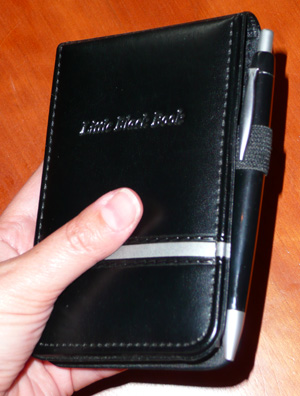 If you aren’t the sort of person who obsesses with Excel spreadsheets every time she tracks her food like I do, then you might be interested in this pretty and convenient book for tracking your food and exercise.
If you aren’t the sort of person who obsesses with Excel spreadsheets every time she tracks her food like I do, then you might be interested in this pretty and convenient book for tracking your food and exercise.
These kinds of products can be cool or totally lame and that depends on two things: how good are the forms and can you get more forms when you’ve used up all you have. Fortunately, the Little Black Book works out pretty well on both accounts. Here is a photo of the form:
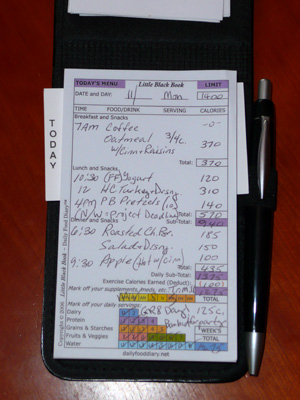 As you can see, they assume you’re counting calories, but you can use this form to track your Weight Watchers Points, your carbohydrates or protein. Whatever you are tracking, it looks like this form would be pretty versatile.
As you can see, they assume you’re counting calories, but you can use this form to track your Weight Watchers Points, your carbohydrates or protein. Whatever you are tracking, it looks like this form would be pretty versatile.
At the bottom of the form there is a spot to check off Dairy, Protein, Grains, Veggies, and Water intake. It also has a useful spot to check off whether you’ve taken your vitamins, supplements or whatever other medication you may need to track.
The back of the sheets are blank, you you can use them to track your emotions or anything else you may want to keep a record of in relation to your eating habits.
Now, can you get more forms when you use all the ones that come with your book? Yes, you can. The book itself costs $20 and will last you three months. A 3-Pack refill costs $20 and should last you almost a year. So, yes, as long as Little Black Book is still in business, you can get refills.
Does this book work for me? No. Right now, I’m keeping track of my points on a piece of paper that is folded up small. It’s discreet and I can put it into my wallet. I print these up myself using Excel. I realize, however, that not everyone can do that, so Little Black Book is great for those who don’t want to bother printing up their own forms.
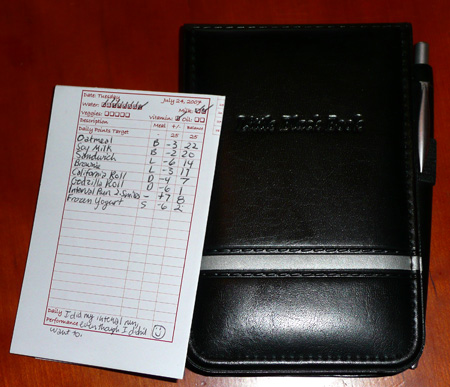
The people at Little Black Book were nice enough to send me one to evaluate it, so I don’t know how efficient the ordering process is. If you have had experience with them, please leave a comment and tell us how you were treated.
 Buy Walking Videos
Buy Walking Videos
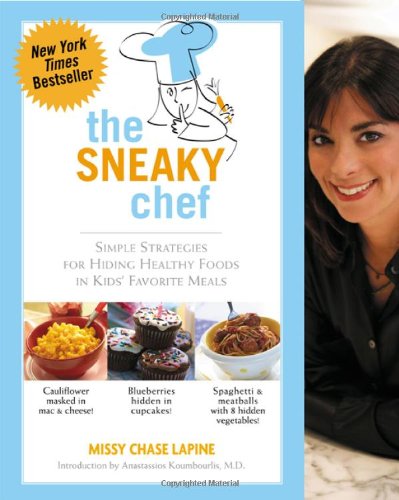

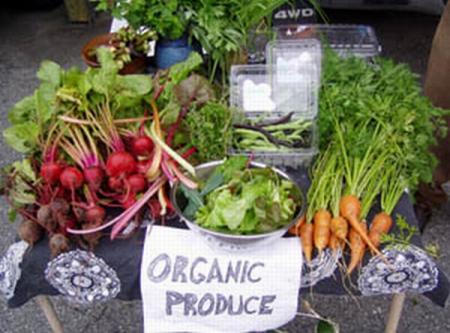
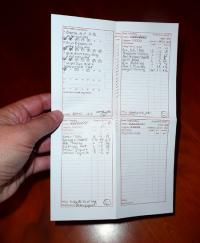
 If you aren’t the sort of person who obsesses with Excel spreadsheets every time she tracks her food like I do, then you might be interested in this pretty and convenient book for tracking your food and exercise.
If you aren’t the sort of person who obsesses with Excel spreadsheets every time she tracks her food like I do, then you might be interested in this pretty and convenient book for tracking your food and exercise. As you can see, they assume you’re counting calories, but you can use this form to track your Weight Watchers Points, your carbohydrates or protein. Whatever you are tracking, it looks like this form would be pretty versatile.
As you can see, they assume you’re counting calories, but you can use this form to track your Weight Watchers Points, your carbohydrates or protein. Whatever you are tracking, it looks like this form would be pretty versatile. 